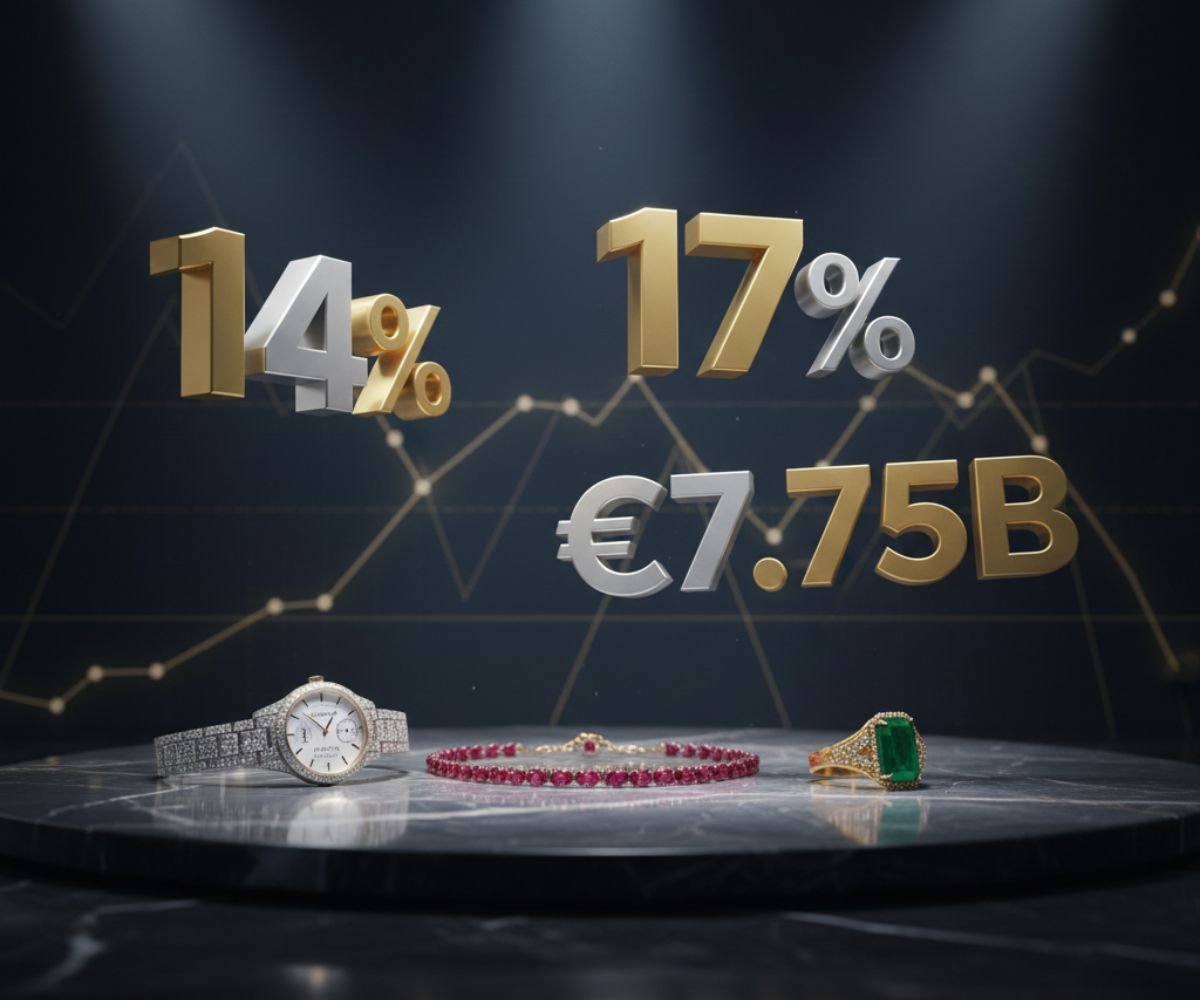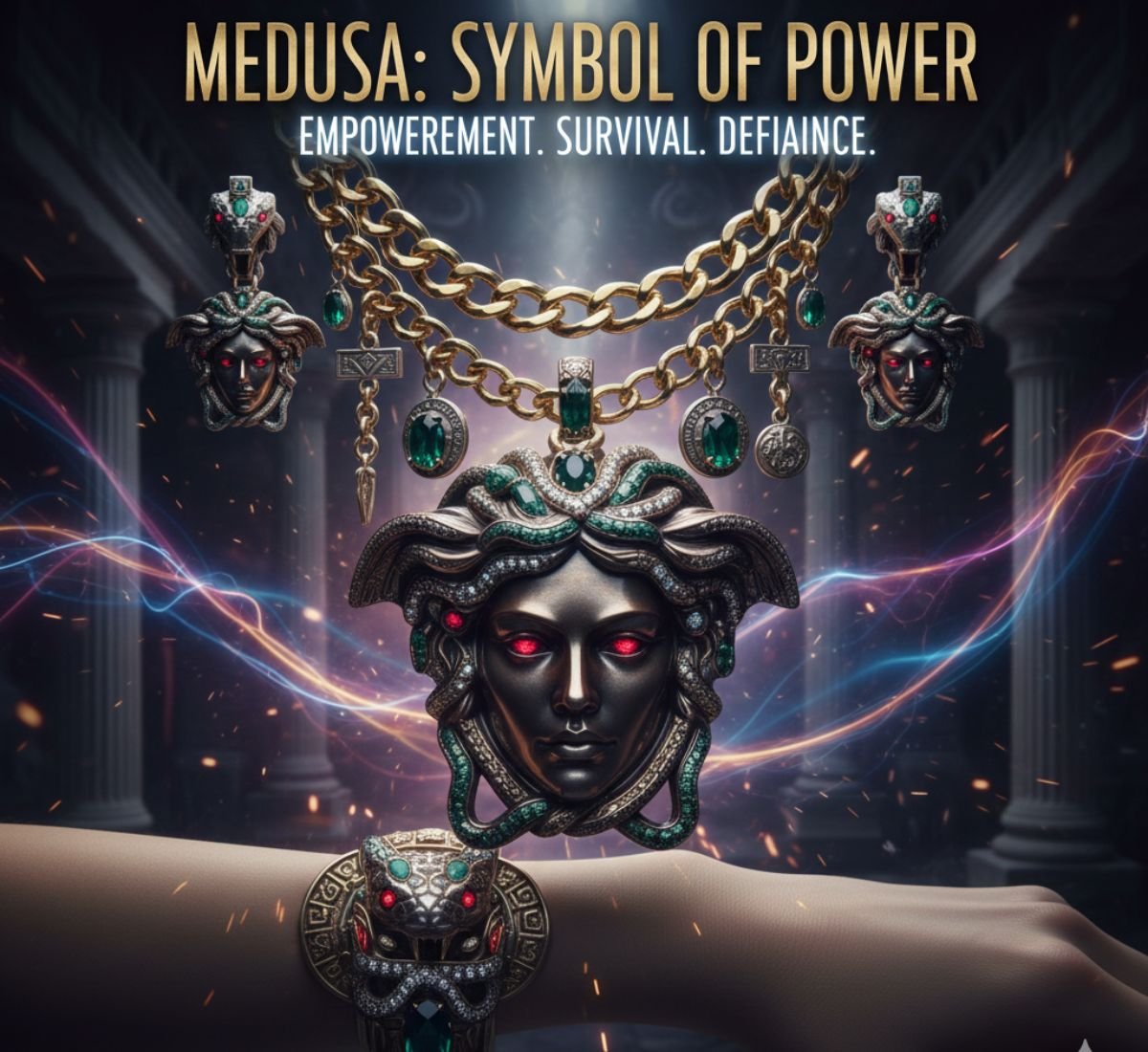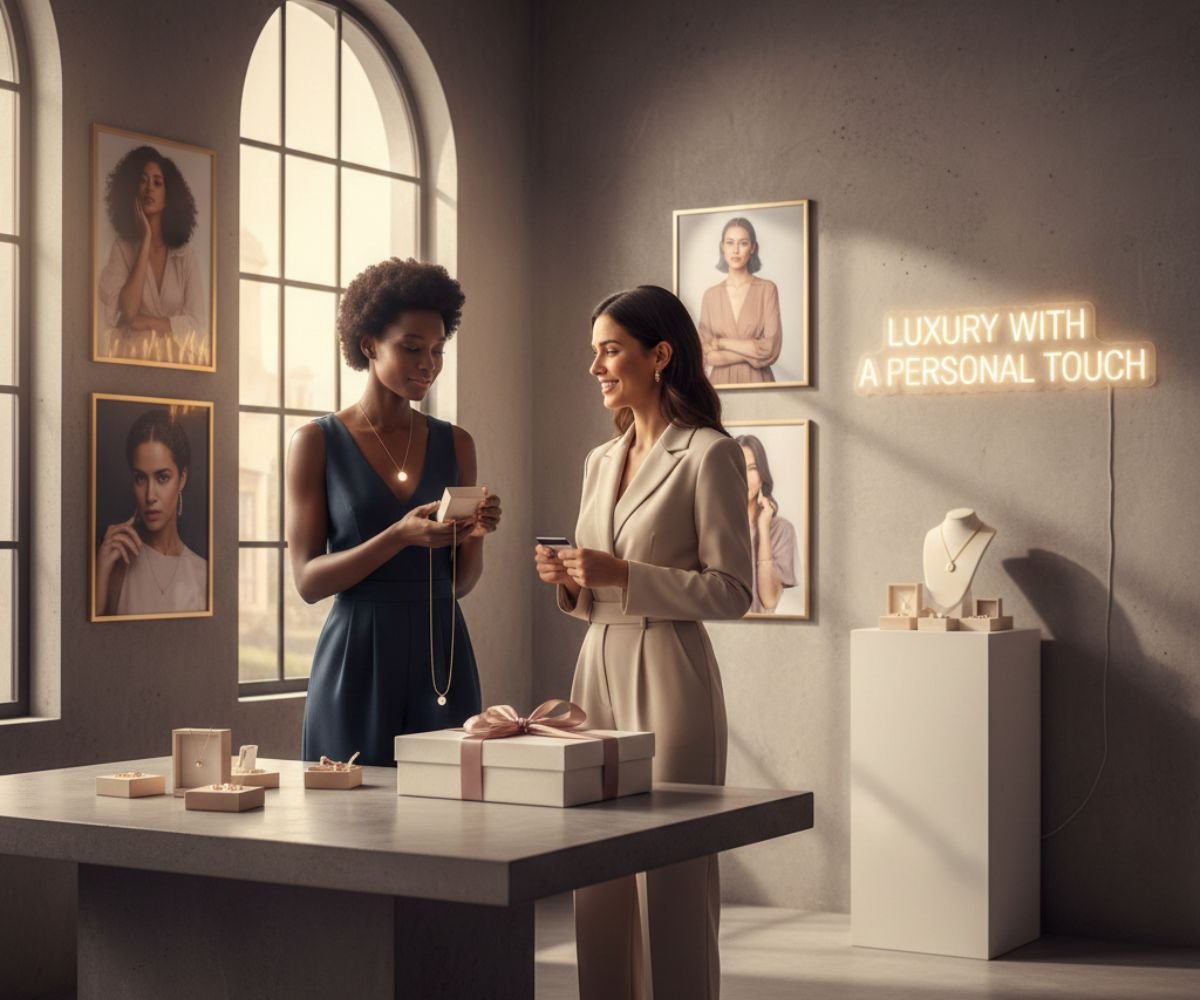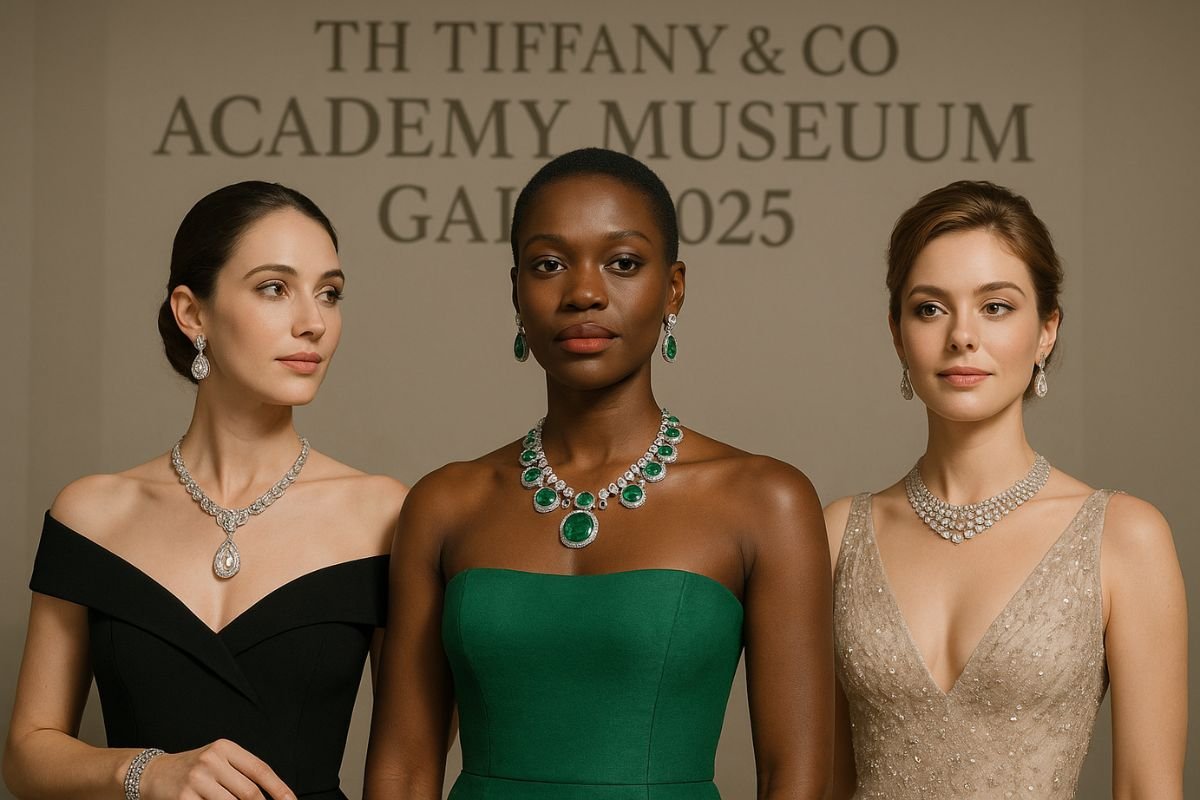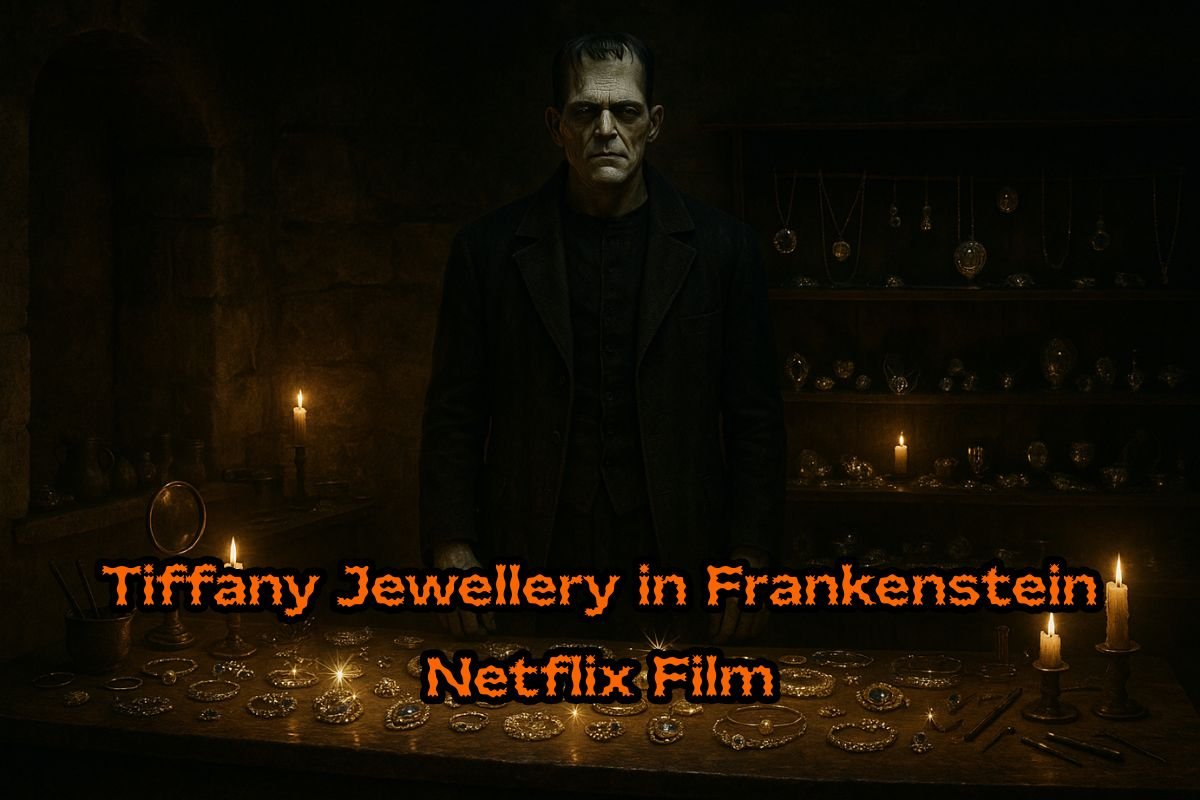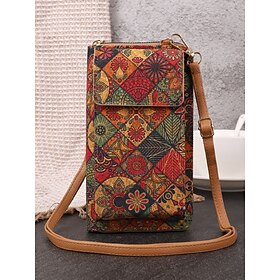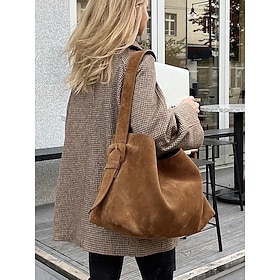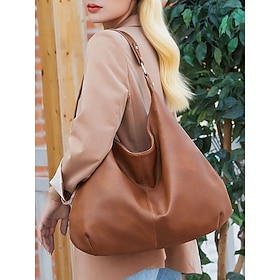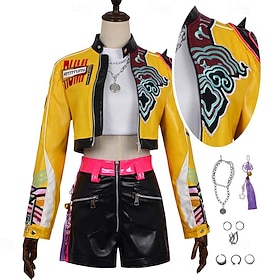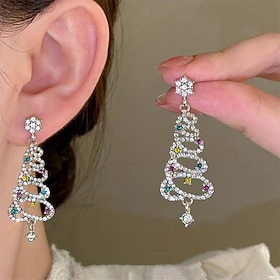A brief overview
Luxury jewelry may be facing an uncertain economic moment, but consumer behavior is telling a very different story. The demand for craftsmanship and heritage is proving surprisingly resilient. This was reflected in Richemont’s recent financial performance, the parent group behind Cartier and Van Cleef & Arpels, which reported stronger-than-expected results in the first six months of 2025.
Luxury jewelry market consumer behavior continues to grow despite economic pressure
The latest figures match the overall sentiment across the luxury sector in recent months. Richemont’s data shows its jewelry division grew 14% in the first half of the fiscal year, reaching €7.75 billion at constant exchange rates. This success highlights a clear shift among high-end consumers, who continue to gravitate toward emotionally driven purchases and iconic house signatures even as gold prices rise. And although the company reported a 17% increase in second-quarter sales, the interest in meaningful jewelry designs remains steady and consistent.
View this post on Instagram
Heritage houses fuel the international market
One of the defining traits of today’s luxury jewelry buyers is their connection to heritage storytelling. Within Richemont, Cartier and Van Cleef & Arpels remain the strongest examples of this. Their designs merge identity with craftsmanship in a way that continues to dominate international attention.
Richemont also reported double-digit growth across nearly all regions except Japan, where sales remained flat. This broad demand emphasizes how deeply consumers value emotionally enduring jewelry within the high-end market.
Why consumers continue to prefer luxury jewelry
These trends point to broader lifestyle changes. Today’s luxury customers actively seek jewelry with meaning. They want pieces that symbolize something, pieces they can treat almost like personal archives.
As fashion accelerates and styles shift faster than ever, fine jewelry is becoming one of the few areas of the luxury world that provides long-term emotional attachment. Data continues to show that consumers do not view jewelry purchases as seasonal.
What this means for the luxury market
Consumer behavior in the luxury jewelry market will continue shaping future designs, communications, and product launches for heritage houses. Based on current figures, craftsmanship and heritage will remain at the center of the category. Archival revivals, collectible pieces, and gemstone-focused jewelry are expected to keep rising in popularity. As Richemont’s performance demonstrates, consumers today value history in their jewelry more than ever.


